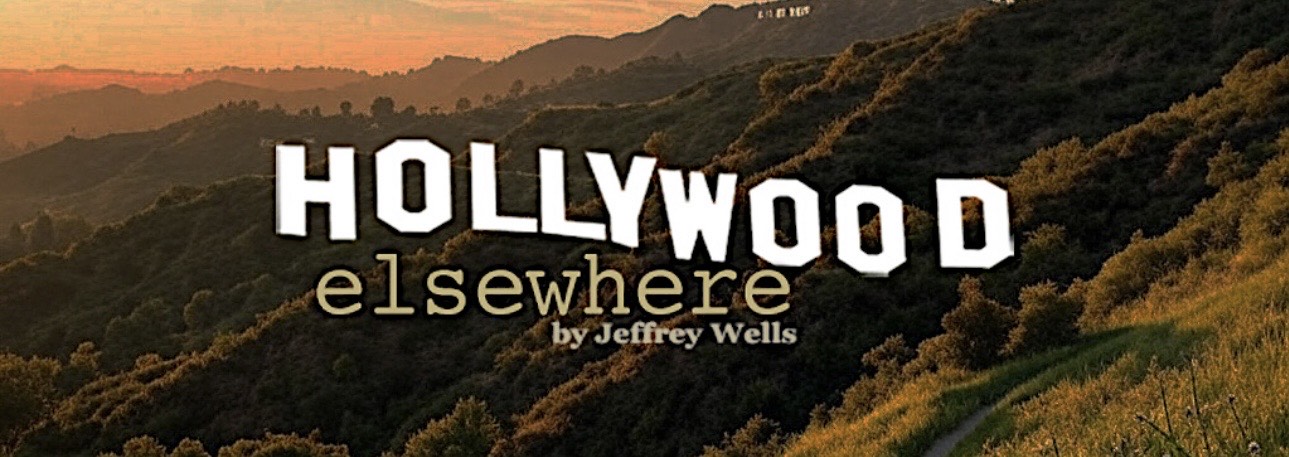Like several others, I thought Rupert Sanders‘ Snow White and the Huntsman was at the very least handsomely shot and not too bad as far as it goes. It’s an emotionally primitive CG goth fairy-tale smothering with sterling visual panache. It looks good, and at times even mesmerizing. So I wasn’t in pain, although I felt a bit bored during the middle section in the forest.

The method, I suppose, was to pay tribute to the Peter Jackson way of making mythical films of this sort (which Sanders does, in spades) and to make sure everyone gets wet and muddy and then throw in as many CG morphings and monsters as the narrative can stand, and then throw it all at the wall and hope most of it sticks.
It stuck this weekend, at least, mining bigger-than-expected box-office coin so nobody’s complaining that much and nobody’s embarassed.
I just can’t respond with any real passion to corporate carnivals like this, but at least Snow White holds to a certain grimness of mood and attitude, and that’s something, I suppose. Then again there’s an awful lot of showy, eye-catchy stuff that’s been thrown in because films like this are expected to be showy and eye-catchy. Very little feels thought through or truly felt. It’s really all about design.
Snow White and the Huntsman has been shot with discipline and formality, and with an attractively grim and grayish palette. So it feels solemn and “serious”, in a sense — no winks or self-regarding smirks or asides. But the tone of it is still so damn primitive and arranged along cliches and belief systems that are intensely black and white, good and reprehensible, oozy and beautiful and always “ooh, wow!” It’s a movie for kids with above-average chops.
I didn’t think Kristen Stewart‘s Snow White was too bad — in her usual moody and shirking way she makes “Snow” seem emotionally grounded and more than just a window-mannequin idea of a sweet lassie who’s been badly kicked around and has to learn how to stand up and beat the ogres. I agree with Dana Stevens and others that she loses her authority during the battle scene at the end. She’s too elfin to wear a breast plate and swing a sword in a way that even half-competes with Laurence Olivier in Henry V.
With her smallish face, upturned nose and her damp hair tied back, Stewart reminded me of a certain baby sitter who used to come over when I was seven and eight years old. Face facts — Jennifer Lawrence would have been better in the role.
Chris Hemsworth‘s Huntsman isn’t too bad. He holds his own and knows how to stand his ground and look others in the eye and say his lines with the right tonalities and inflections. And a tip of the hat to production designer Dominic Watkins and costume designer Colleen Atwood and the CGI team. The eight dwarves are…look, man, I can’t do this, all right? I really can’t get into the dwarves.
Charlize Theron‘s evil queen is a lounge act, not a performance — she’s completely vile and egoistic and cruel for the sake of cruelty because simple-dick movies require villains to be vile and egoistic and cruel for the sake of cruelty. For the 637th time, a villain isn’t worth spit unless he/she is (a) someone you know and (b) has something good or at least pitiable about them. If they’re only about extreme venality and monstrousness, my eyes glaze over.
I paid hard korunas to see this Universal release at the Cinema City on Na Prikope. Nice theatre, comfortable seats, good concession stand.

